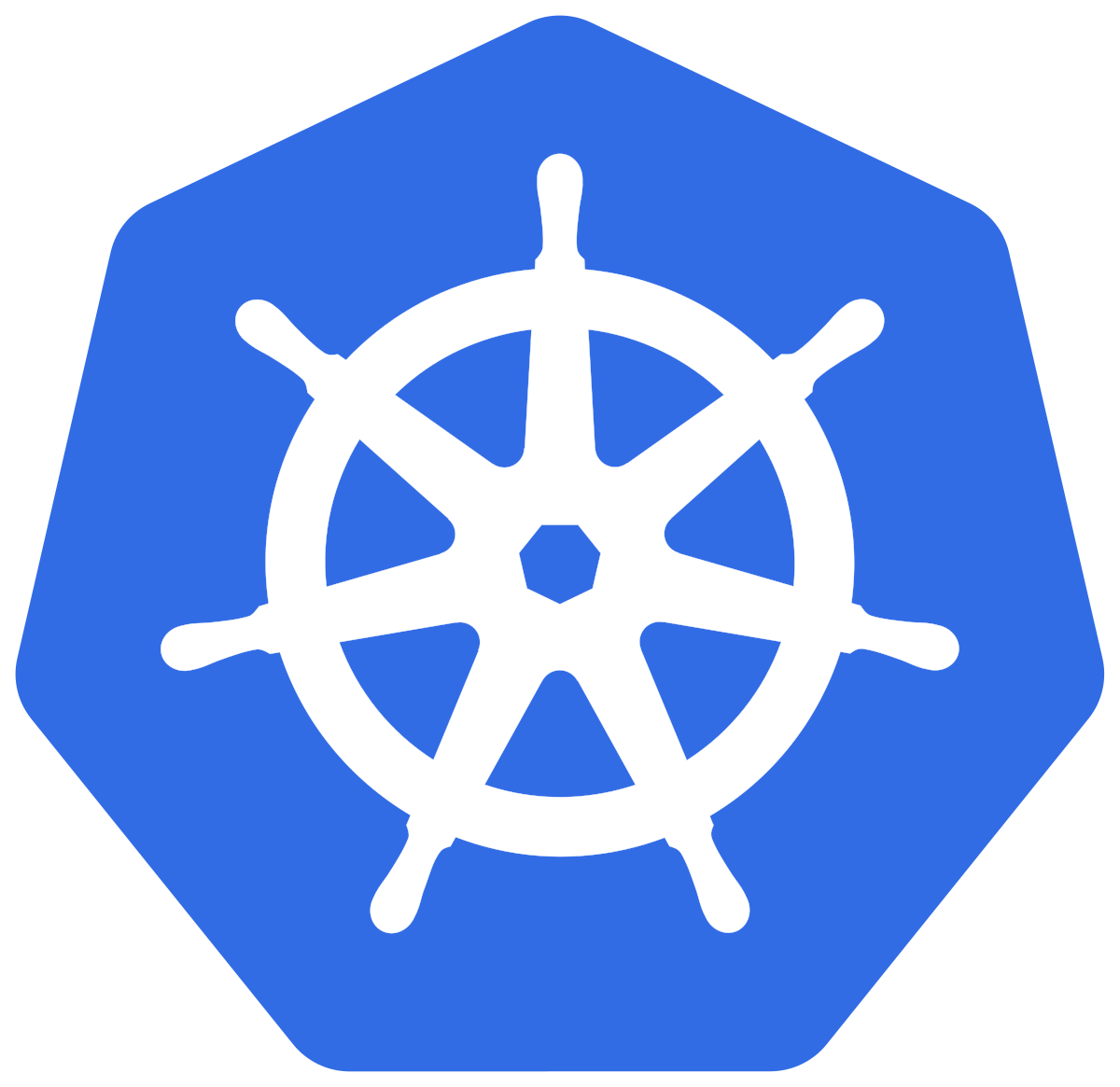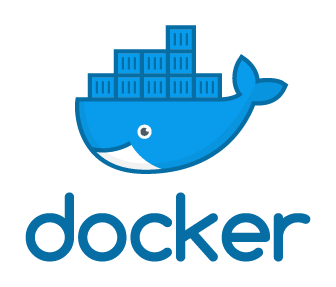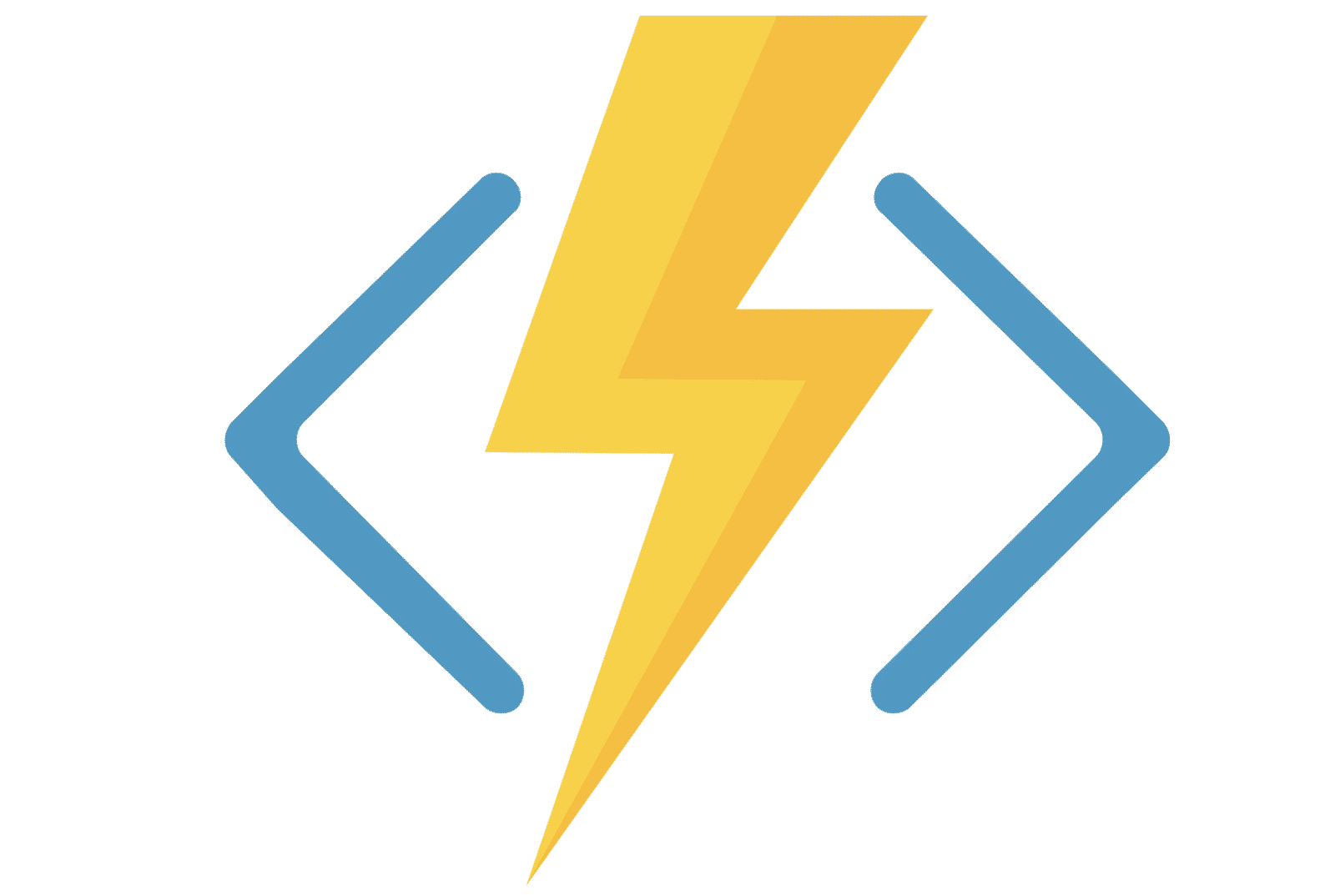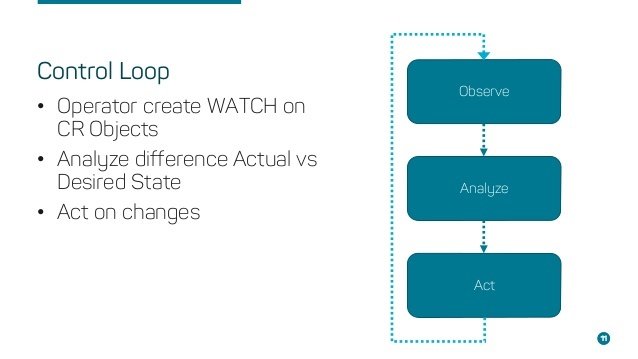Kubernetes
Lesson Learned











Master
Cluster składa się z wielu Node'ów
Clustrem zarządza przynajmniej jeden Master
Node odpala wiele Podów
Pod odpala przynajmniej jeden Container

Deployment odpala wiele Podów robiących to samo
* Nawet na jednym Nodzie

Servisy udostępniają Deploymenty w sieci
Jak można udostępnić Service?
- Cluster IP
- Node Port
- Load Balancer

Jak udostępnić wiele Servisów pod jednym adresem IP?

Ingress udostępnia wiele Servisów pod jednym adresem IP


Service Mesh* pozwala utrzymać porządek w komunikacji między Servisami
* nie jest to pojęcie Kubernetesa
Jak to wszystko konfigurować?
kind: Pod
apiVersion: v1
metadata:
name: apple-app
labels:
app: apple
spec:
containers:
- name: apple-app
image: hashicorp/http-echo
args:
- "-text=apple"
apiVersion: apps/v1
kind: Deployment
metadata:
name: apple-deployment
labels:
app: apple
spec:
replicas: 2
selector:
matchLabels:
app: apple
template:
metadata:
labels:
app: apple
spec:
containers:
- name: apple
image: hashicorp/http-echo
args:
- "-text=apple"
ports:
- containerPort: 5678
kind: Service
apiVersion: v1
metadata:
name: apple-service
spec:
selector:
app: apple
ports:
- port: 5678 # Default port for image
kind: Service
apiVersion: v1
metadata:
name: apple-service
spec:
type: LoadBalancer
selector:
app: apple
ports:
- port: 80
- targetPort: 5678
Desired State vs Current State

Czego nauczył mnie Bjootify?

Czy warto iść dalej w PaaS?





Taki Nuget dla Kubernetesa ;)


Operatory ułatwiają życie
dvidev@dvi-bjootify-ci:~$ kubectl get elasticsearch -A
NAMESPACE NAME HEALTH NODES VERSION PHASE AGE
elastic elkstack-es green 3 7.5.2 Ready 182d
dvidev@dvi-bjootify-ci:~$ kubectl describe elasticsearch -A
Name: elkstack-es
Namespace: elastic
Labels: <none>
Annotations: common.k8s.elastic.co/controller-version: 1.0.0
elasticsearch.k8s.elastic.co/cluster-uuid: byuTz4XGSneM-siwuhXVRA
kubectl.kubernetes.io/last-applied-configuration:
{"apiVersion":"elasticsearch.k8s.elastic.co/v1","kind":"Elasticsearch","metadata":{"annotations":{},"name":"elkstack-es","namespace":"elas...
API Version: elasticsearch.k8s.elastic.co/v1
Kind: Elasticsearch
Metadata:
Creation Timestamp: 2020-01-23T13:28:34Z
Generation: 2
Resource Version: 45364330
Self Link: /apis/elasticsearch.k8s.elastic.co/v1/namespaces/elastic/elasticsearches/elkstack-es
UID: 416afdbb-3de4-11ea-8e59-ba476b1ae597
Spec:
Http:
Service:
Metadata:
Creation Timestamp: <nil>
Spec:
Tls:
Certificate:
Node Sets:
Config:
node.data: true
node.ingest: true
node.master: true
Count: 3
Name: default
Pod Template:
Metadata:
Creation Timestamp: <nil>
Spec:
Containers:
Env:
Name: ES_JAVA_OPTS
Value: -Xms512m -Xmx512m
Name: elasticsearch
Resources:
Limits:
Cpu: 1
Memory: 1Gi
Requests:
Cpu: 500m
Memory: 768Mi
Init Containers:
Command:
sh
-c
sysctl -w vm.max_map_count=262144
Name: sysctl
Resources:
Security Context:
Privileged: true
Volume Claim Templates:
Metadata:
Creation Timestamp: <nil>
Name: elasticsearch-data
Spec:
Access Modes:
ReadWriteOnce
Resources:
Requests:
Storage: 10Gi
Storage Class Name: default
Status:
Update Strategy:
Change Budget:
Version: 7.5.2
Status:
Available Nodes: 3
Health: green
Phase: Ready
Events: <none>Co ze Storagem?
Trzy ważne koncepty:
- Storage Class
- Persisent Volume
- Persisent Volume Claim
Volume może być provisionowany statycznie lub dynamicznie
Dynamiczny storage przydaje się przy tworzeniu Stateful Sets
Gdzie trzymać Secrety?
Najlepiej w Azure Key Vault
- Key Vault Flex Volume
- Secrets Store CSI driver provider


Inne fajne rzeczy:
- Cron Jobs
- Azure Managed Identity
- Cluster Policies
Best Practices
Kubernetes na środowisku Stage
Używać Ansible od początku
Starać pozamykać się wszystko w Private Endpoitns i VNEty
Uwaga na dyski Premium SSD
Rozważyć korzystanie z Multiple Node Pools
Uważać na Azure Monitor for AKS ;)

Nie bać się Kubernetesa

AKS nie jest droższy od maszyn wirtualnych

Czasami coś nie działa...




Zapraszam na Slacka - pomogę, wytłumaczę, wyjaśnię :)
